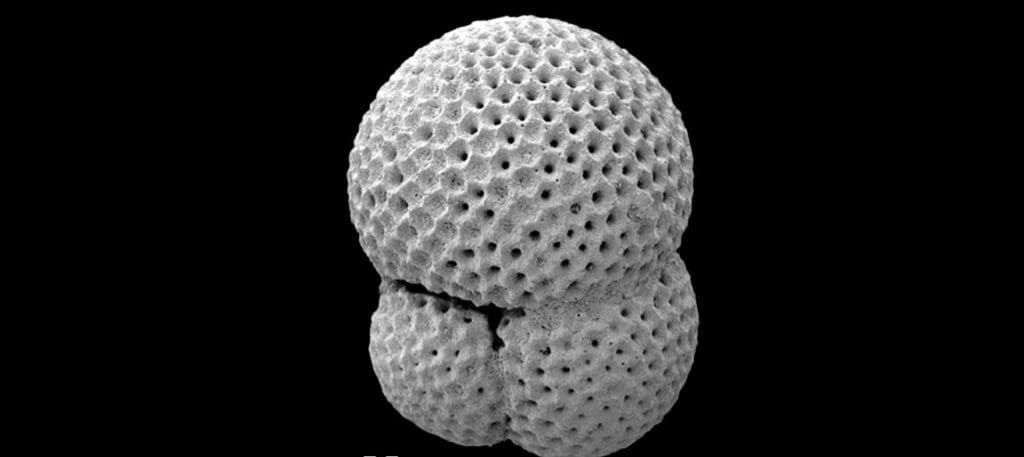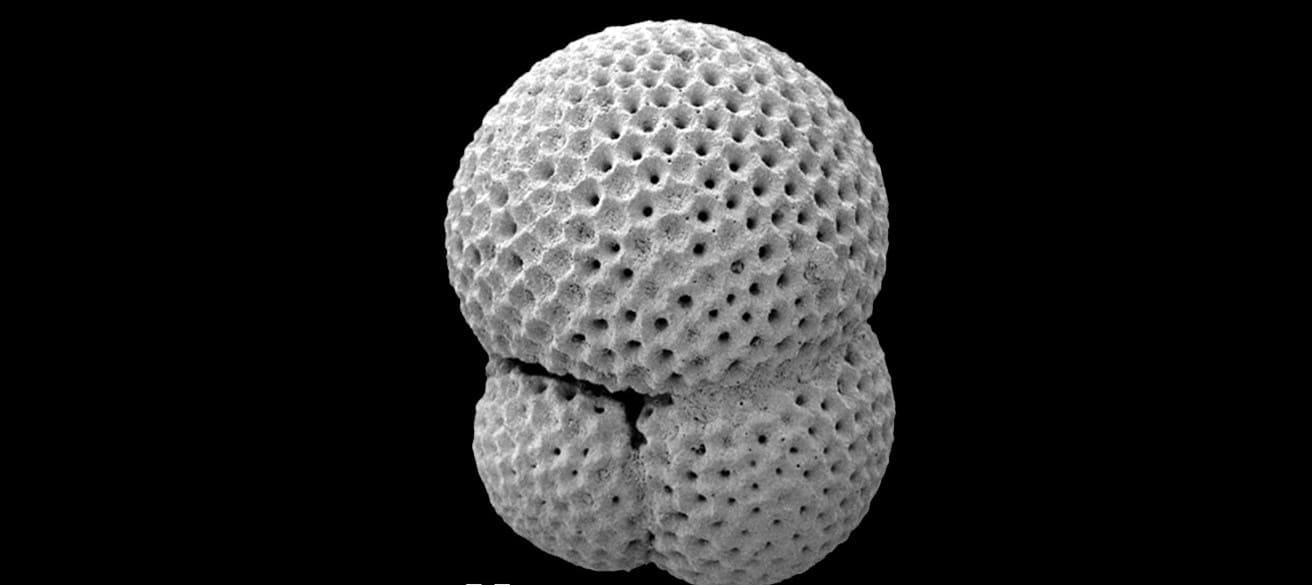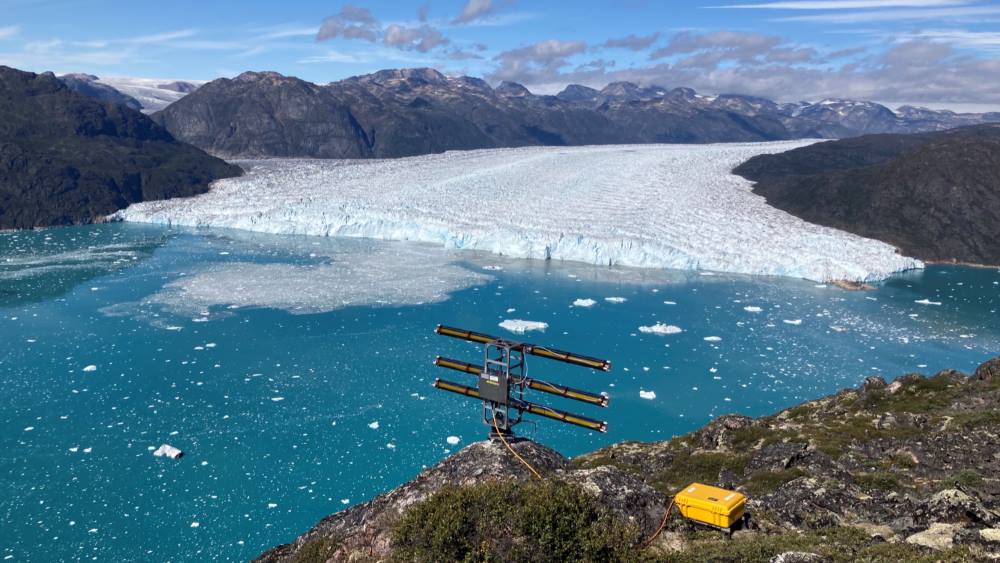A study published in Royal Society Open Science has revealed that changes in ocean density significantly influence the capacity of marine plankton to incorporate carbon into their shells. These findings provide new insights into the mechanisms of carbon cycling and the ocean’s role in absorbing atmospheric CO2 amid climate change.
While previous research has focused on ocean chemistry and acidification, this study, led by Dr. Stergios Zarkogiannis from the University of Oxford’s Department of Earth Sciences, emphasizes the importance of physical ocean properties, such as density, in shaping the calcification processes of planktonic foraminifera.
Foraminifera, microscopic marine organisms that build calcium carbonate shells, are central to the carbon cycle. These shells eventually sink to the ocean floor, storing carbon for long periods. The study focuses on Trilobatus trilobus, a widespread planktonic foraminifera species, and shows that its calcification process is highly sensitive to ocean density and salinity.

The research demonstrates that T. trilobus relies on ocean density for maintaining its position in the water column, as it cannot actively move. When ocean density decreases, such as in areas with increased freshwater input from melting ice sheets, the species reduces its calcification to remain buoyant. This process leads to lighter shells, decreases carbon sequestration into shells, and leaves surface waters more alkaline. Alkaline waters enhance the ocean’s ability to absorb CO2 from the atmosphere.
Dr. Zarkogiannis explained: “Our findings demonstrate how planktonic foraminifera adapt their shell architecture to changes in seawater density. This natural adjustment, potentially regulating atmospheric chemistry for millions of years, underscores the complex interplay between marine life and the global climate system.”
The study used fossil shells of T. trilobus from deep-sea sediment sites along the Mid-Atlantic Ridge, employing advanced techniques such as X-ray microcomputed tomography and shell geochemistry analysis. These methods revealed that the species forms thinner shells in less dense equatorial waters and thicker shells in denser subtropical regions.
As climate change continues to accelerate ice sheet melting, the resulting changes in ocean density are expected to impact calcification patterns and the ocean’s ability to act as a carbon sink.
According to the researchers, while reduced calcification limits the long-term storage of carbon in planktonic shells, the increased CO2 absorption by alkaline surface waters could play a more immediate role in mitigating climate change.
Dr. Zarkogiannis noted: “Although planktonic organisms may passively float in the water column, they are far from passive participants in the carbon cycle. By actively adjusting their calcification to control buoyancy and ensure survival, these organisms also regulate the ocean’s ability to absorb CO2. This dual role underscores their profound importance in understanding and addressing climate challenges.”
The findings open new questions about whether similar buoyancy-related calcification patterns occur in other groups of marine organisms that contribute to ocean and atmosphere chemistry regulation, such as coccolithophores or those forming silica or organic shells. Future research aims to explore these patterns across diverse species and ocean regions, further unraveling the interplay between marine biology and ocean chemistry.
Journal Reference:
Stergios D. Zarkogiannis, ‘Calcification and ecological depth preferences of the planktonic foraminifer Trilobatus trilobus in the central Atlantic’, Royal Society Open Science 11: 240179 (2024). DOI: 10.1098/rsos.240179
Article Source:
Press Release/Material by University of Oxford
Featured image credit: Cropped image from Poole & Wade (2019) | DOI: 10.1080/14772019.2019.1578831 | Journal of Systematic Palaeontology | CC BY 4.0




